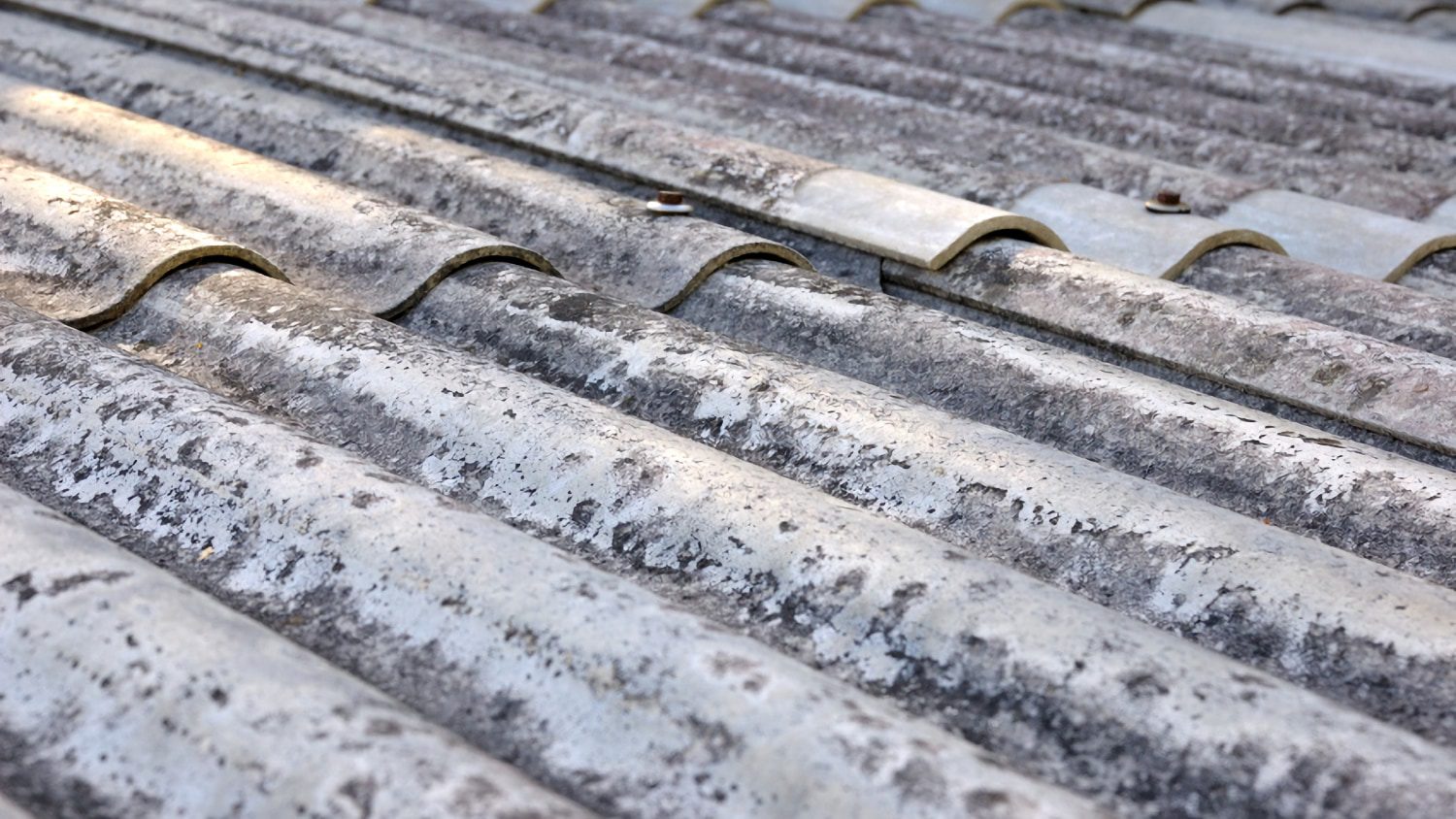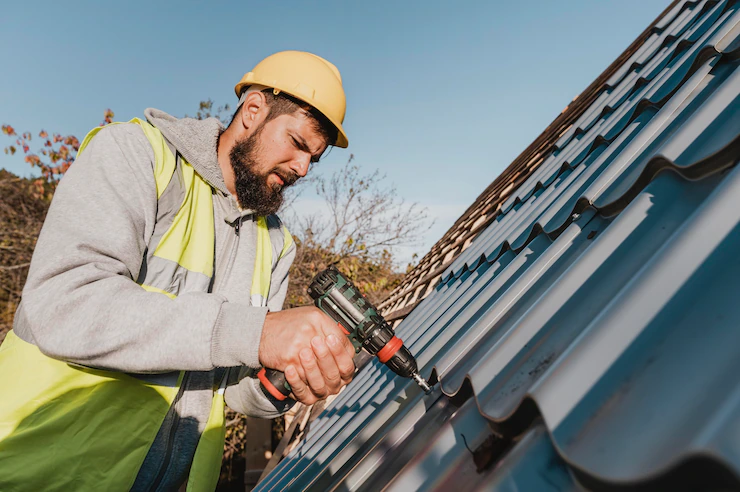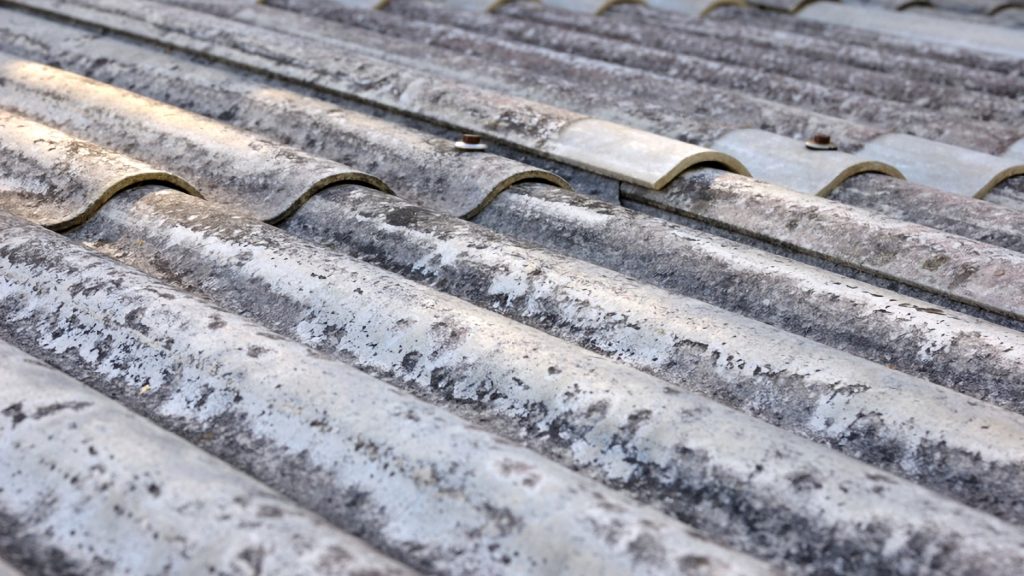Asbestos. We know that asbestos is dangerous, but how much do we really know about it? We’ve all heard the horror stories. How it takes just one airborne fibre to worm its way into your lungs where it digs in, triggering a fatal and incurable form of cancer. Asbestos is New Zealand’s number one workplace killer and exposure can cause a variety of serious health issues. These include asbestosis, a long term inflammation and scarring of the lungs and mesothelioma, a rare and malignant cancer of the lungs, abdomen and heart.
Like all killers, asbestos is shrouded in a certain amount of mythology. While it is highly dangerous, it usually takes significant and prolonged exposure to friable asbestos (crumbling and airborne) to cause serious harm. The World Health Organization estimates that around 100,000 people die annually from asbestos-related conditions – about the same number of Americans killed annually by prescription drugs.
The management and removal of asbestos is a major industry in New Zealand, governed by the Health & Safety at Work Asbestos Regulations and the Approved Code of Practice (ACOP) for asbestos. In April 2016, new regulations for the handling of asbestos came into effect, placing additional controls on the use and removal of asbestos in the workplace and requiring that asbestos materials be identified on-site. Under the regulations, any commercial or industrial building built before 2000 must be inspected for asbestos by a person who has relevant knowledge and skills of asbestos removal industry practice. This includes holding one of the qualifications listed by WorkSafe New Zealand.
For trade professionals, asbestos can present both a hazard and an opportunity, as being qualified to remove it safely offers the chance to develop an additional and in-demand line of business. There are two types of licences for removing asbestos in New Zealand. Class A licence holders can remove all types of asbestos including friable while Class B licence holders are qualified to remove only non-friable asbestos. While not all asbestos related work requires a licence, proper education and equipment are essential in recognising and working with asbestos safely.
Asbestos-containing material on decorative ceilings, walls or flooring is not likely to be a health risk unless it’s damaged, deteriorating or crumbly. However if it’s poorly bonded, damaged or deteriorating then it needs to be sealed, encapsulated, enclosed or removed. Asbestos products are not always easy to identify and having the building surveyed by a qualified Asbestos Surveyor ensures that any hazardous materials can be spotted early and dealt with safely.
If asbestos is found, a compliant Asbestos Management Plan has to be prepared. For work on Class A asbestos removal sites, a licensed Asbestos Assessor is also required to provide air quality monitoring during removal work, inspect the finished job and issue a clearance certificate. For residential work, WorkSafe NZ’s quick guides can help builders, sparkies, painters and plumbers who work for themselves or have other people working for them. They’re packed with useful and potentially life-saving information and available free at on the Worksafe website.



